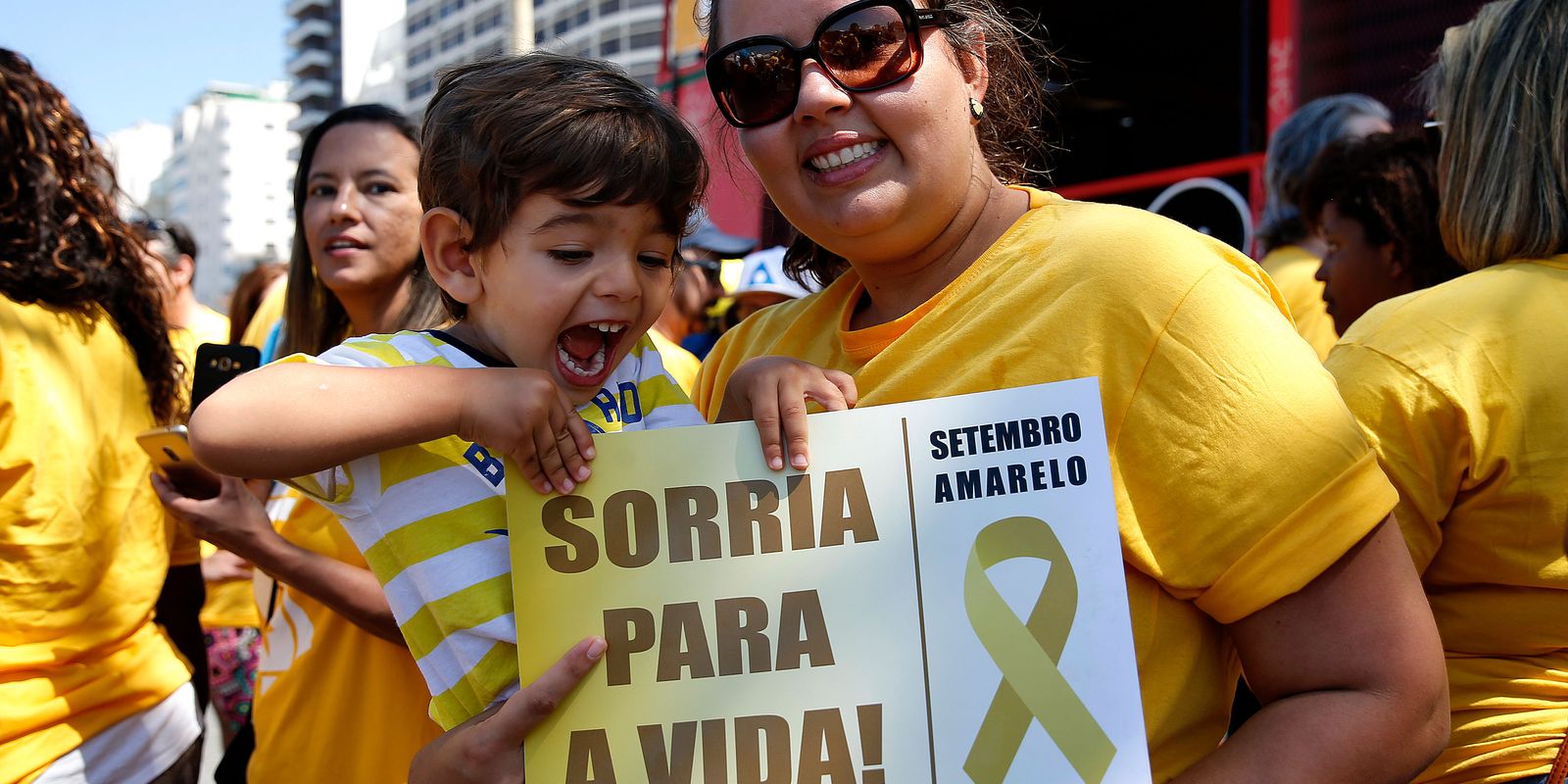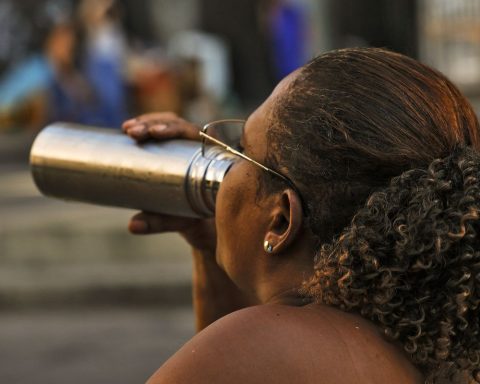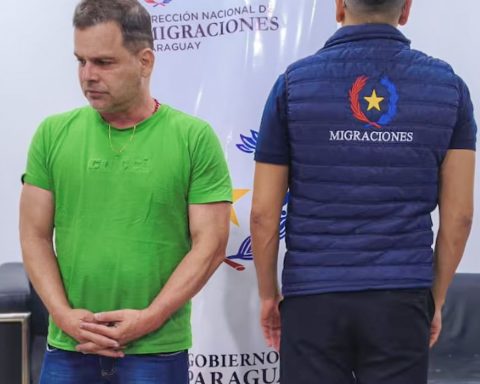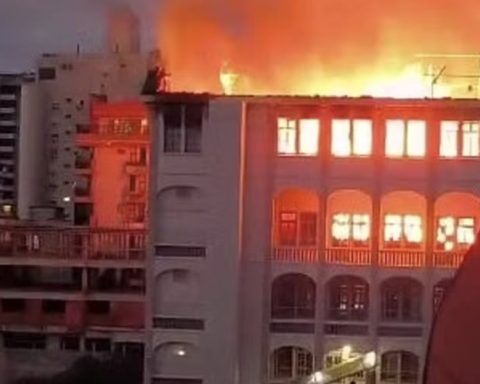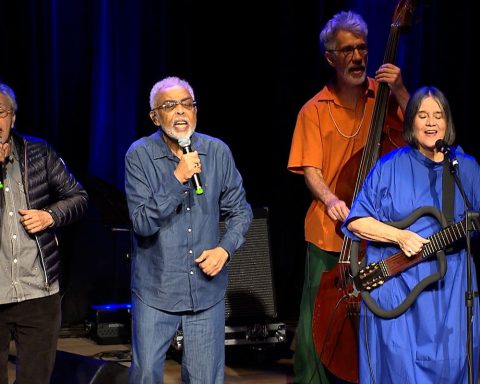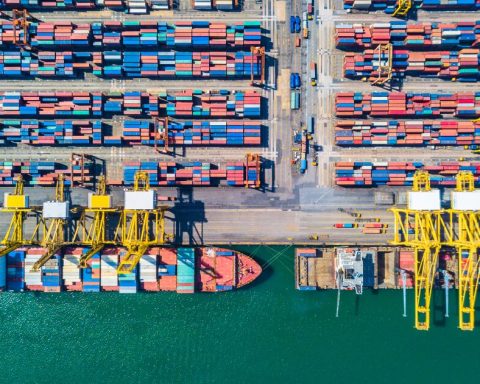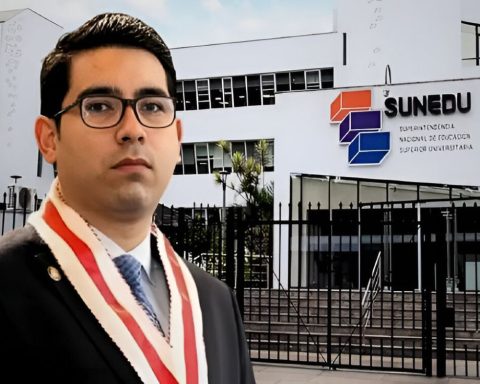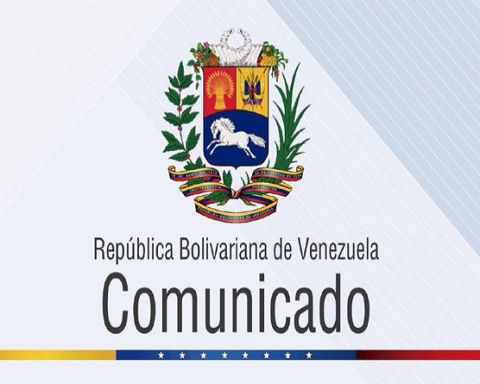The Ministry of Health launched this week, in partnership with the Pan American Health Organization (PAHO), the first Portuguese version of the manual Living Life – Implementation Guide for Suicide Prevention in Countries.
Authored by the World Health Organization (WHO), the publication aims to guide countries in implementing collective suicide prevention measures, so that governments in these locations can develop national strategies with this focus.
The WHO considers that governments and communities have crucial roles in preventing this public health problem and that one of the main prevention measures is the implementation of mental health and alcohol reduction policies.
The official Portuguese version is the translation of the original work in English Live lifelaunched in 2021. In addition to English, the guide also has versions in Chinese, Spanish and Korean.
Guide
To encourage the sharing of good practices, the guide presents government initiatives that have been implemented by several countries in different contexts and that have proven effective in reducing suicide rates.
The WHO predicts that these contents can serve as inspiration for the creation of new public policies and collective solutions.
Among the studies released are the inclusion of people with direct experience of suicide to ensure that the real needs of those in need of support are met; and the decriminalization of suicide, adopted in Ireland; the integration of suicide prevention into mental health and substance abuse policy, in Lebanon; public-private partnerships in the United States; among others.
The document also details four interventions considered essential to prevent suicide: restricting access to means of suicide; interacting with the media to responsibly publicize suicide; developing socio-emotional skills for the lives of adolescents; acting to identify early, evaluate, guide and monitor anyone with suicidal behavior.
Viver a Vida also describes six pillars for policy implementation:
1. analysis of the current situation and profile of suicide and its prevention in the country;
2. mental health training for professionals within and outside the health sector to identify and manage suicide risk;
3. multisectoral collaboration that includes areas of government (health, education, labor, justice, social development, etc.) and society, with the collaboration of non-governmental organizations (NGOs) and community workers;
4. dedicated funding for suicide prevention from government, philanthropic, community groups or businesses;
5. raising awareness about the cause to draw attention to the fact that suicide is a public health problem;
6. surveillance, monitoring and evaluation of the progress of the action plan to make adjustments and develop new actions.
Suicide data
According to the WHO, each year, more than 700,000 people die by suicide worldwide, with 77% of cases occurring in low- and middle-income countries. Suicide is the fourth leading cause of death among people aged 15 to 29. For every suicide, an estimated 20 other attempts occur. Most cases are related to mental disorders, such as depression, followed by bipolar disorder and substance abuse.
In Brazil, in 2022, 16,468 deaths by suicide were reported in the Mortality Information System (SIM). During the launch of the publication, the director of the Department of Epidemiological Analysis and Surveillance of Noncommunicable Diseases, of the Ministry of Health, Letícia Cardoso, stated that cases are more common among men. The rate of 12.6 per 100,000 inhabitants is 3.7 times higher than that of the female population (3.4 per 100,000 inhabitants). The indigenous group is more vulnerable.
According to the Ministry of Health, between 2016 and 2021, there was a 49.3% increase in mortality rates among adolescents aged 15 to 19, reaching 6.6 per 100,000, and 45% among adolescents aged 10 to 14, reaching 1.33 per 100,000.
Faced with the growing numbers, Brazil made a commitment with the United Nations (UN) Sustainable Development Goal (SDG) of reducing premature mortality from non-communicable diseases, such as suicide, by one third by 2030, through prevention and treatment, in addition to promoting people’s mental health and well-being.
In this sense, the Brazilian government department explains that, by 2026, the New Growth Acceleration Program will build 150 new Psychosocial Care Centers (Caps), with an investment of more than R$339 million. With expansion, the ministry estimates that there is potential to include 13.4 million people in the Mental Health Network of the Unified Health System.
The director of the Ministry of Health, Letícia Cardoso, reinforced the Brazilian government’s position on suicide prevention. “Mental health and self-inflicted violence have been a central theme of a collective effort in our actions.”
The coordinator of the Technical Unit for Health Determinants, Chronic Noncommunicable Diseases and Mental Health – PAHO/WHO in Brazil, Elisa Pietro, believes that Brazil’s psychosocial support network is one of the largest in the world and puts the country in the spotlight. “Several countries have already requested this technical cooperation to learn about Brazil’s experience with psychiatric reform and with the construction and strengthening of the psychosocial support network.”
Where to seek help
The Ministry of Health argues that suicide can be prevented and that knowing how to recognize the warning signs can be the first and most important step. Among the signs that should be observed are:
· lack of hope or concern about one’s own death;
· expression of suicidal ideas or intentions;
· isolation;
· other factors such as job loss, political and economic crises, discrimination based on sexual orientation and gender identity, psychological and/or physical aggression, suffering at work.
The ministry advises that verbal manifestations and behaviors of wanting to end one’s own life should not be interpreted by other people as threats or emotional blackmail.
At the first signs, the individual with suicidal intentions or someone close to them should seek help, talk to someone they trust and contact support services.
· Life Appreciation Center (CVV), available 24 hours a day on telephone number 188 (free call).
· CAPS and Basic Health Units (Family Health, Health Posts and Centers);
· 24-hour Emergency Care Unit, Mobile Emergency Care Service (Samu 192), emergency room; and hospitals;
Yellow September
The launch takes place during the month dedicated to suicide prevention, Yellow September. Since 2014, the Brazilian awareness campaign on the importance of the topic has been promoted by the Brazilian Psychiatric Association (ABP), in partnership with the Federal Council of Medicine (CFM).
In 2024, the motto is: If you need help, ask for it! The various actions under development can be seen at campaign website.
